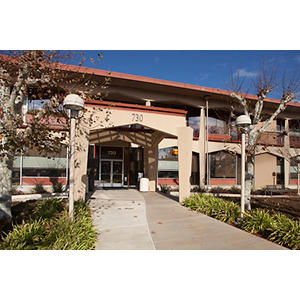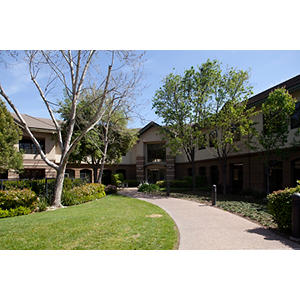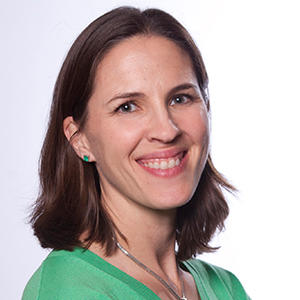Meghan Imrie, MD
Clinical Associate Professor
Pediatric Orthopedic Surgery
“I treat each child as if they were my own.”
My Approach
I love working in the field of orthopaedic surgery, because we can really make patients a lot better in a short amount of time. The field is so exciting because we get to care for all different parts of the body.
I love working with kids. They keep me excited to come to work every day. Children are so innocent, they just want to go back to their life and experience the world. I treat each child as if they were my own. I am a parent myself, so I understand that parents just want what’s best for their child. I feel very privileged to play a positive role in their development, and I’m honored that families entrust the care of their children to me.
Medicine in general is so much more patient-focused now than it once was. I went into this field to help people. Paying attention to how people want to be helped and listening to their needs is a positive change in the overall approach to providing care.
Locations

730 Welch Road, 1st Floor
Palo Alto, CA 94304
Phone : (844) 416-7846
Fax : (650) 497-8891

Conditions
Back Pain
Clubfoot
Developmental dysplasia of the hip (DDH)
Foot and Ankle
Kyphosis
Neuromuscular Disorders
Pediatric Orthopedic Trauma
Scoliosis
Spondylolisthesis
Spondylolysis
Work and Education
University of California San Diego School of Medicine, La Jolla, CA, 06/15/2003
Stanford Hospital and Clinics - Dept of Orthopaedics, Redwood City, CA, 06/30/2008
The Univ of San Diego School of Medicine, San Diego, CA, 06/30/2009
Stanford Hospital and Clinics - Dept of Surgery, Stanford, CA, 06/30/2004
Orthopaedic Surgery, American Board of Orthopaedic Surgery, 2011
Languages
English


Connect with us:
Download our App: